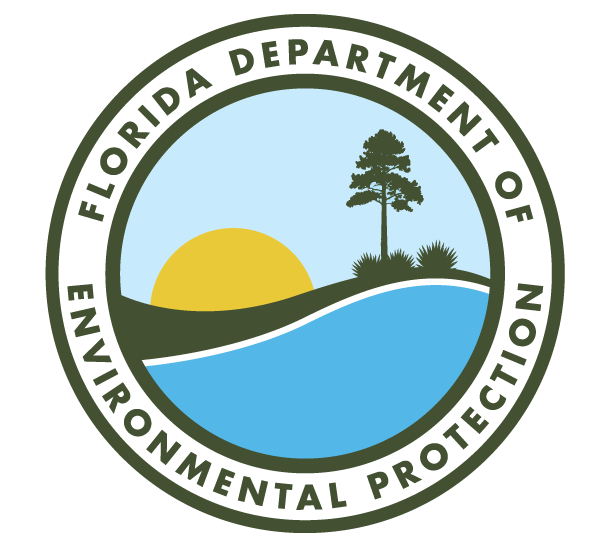Event:North and Central IRL BMAP Webinar December 16, 2020
Registration is now open for the webinar.
Stacy Cecil Stacy.Cecil@FloridaDEP.gov
Theodore Saltos Theodore.Saltos@FloridaDEP.gov
Florida Department of Environmental Protection
Division of Environmental Assessment and Restoration
2600 Blair Stone Road, MS 3565
Tallahassee, FL 32399
BMAP Webinar Agenda
North Indian River Lagoon, Banana River Lagoon, and Central Indian River Lagoon Basin Management Action Plans (BMAPs) Webinar
December 16, 2020
10:00 AM
Webinar Registration Link: [1]
Agenda
1. Welcome and Opening Remarks
2. State of the Lagoon – Chuck Jacoby, St. Johns River Water Management District (SJRWMD)
3. Overview of the Updated BMAPs
4. Statewide Annual Report
5. Updates to Spatial Watershed Iterative Loading (SWIL) Model Scope
6. Next Steps
7. Questions, Comments, and Discussion
8. Adjourn
Water Quality Restoration Program
The Water Quality Restoration Program includes multiple groups focused on different, but integrated, aspects of restoration including: Basin Management Action Plans (BMAPs); agricultural pollution prevention; guidance, training and education pertaining to Florida Friendly Landscapes and stormwater erosion control; and fertilizer ordinance review.
For each impaired waterbody or group of related waters, the department develops and adopts a scientifically derived restoration target, known as a Total Maximum Daily Load (TMDL). In order to meet these restoration goals, the department facilitates coordination among local stakeholders to develop BMAPs to achieve reductions in pollutant loading. As the management actions are implemented largely through local efforts, BMAPs are produced through collaboration with local stakeholders, encouraging the greatest amount of cooperation and consensus possible. The process usually involves a series of meetings and technical discussions on sources, allocations, management strategies, monitoring, and tracking progress.
The results of these discussions are summarized in the BMAP document. A BMAP describes the management strategies that will be implemented under existing water quality programs, schedules, funding strategies, tracking mechanisms, and the fair and equitable allocations of pollution reduction responsibilities to the sources in the watershed. When the BMAP is adopted, the management strategies and schedule become the compliance plan for the responsible entities. The BMAP requirements are connected to NPDES permits, when applicable, agricultural BMP implementation, or BMAP authorities for other nonpoint sources.
Current BMAPs

